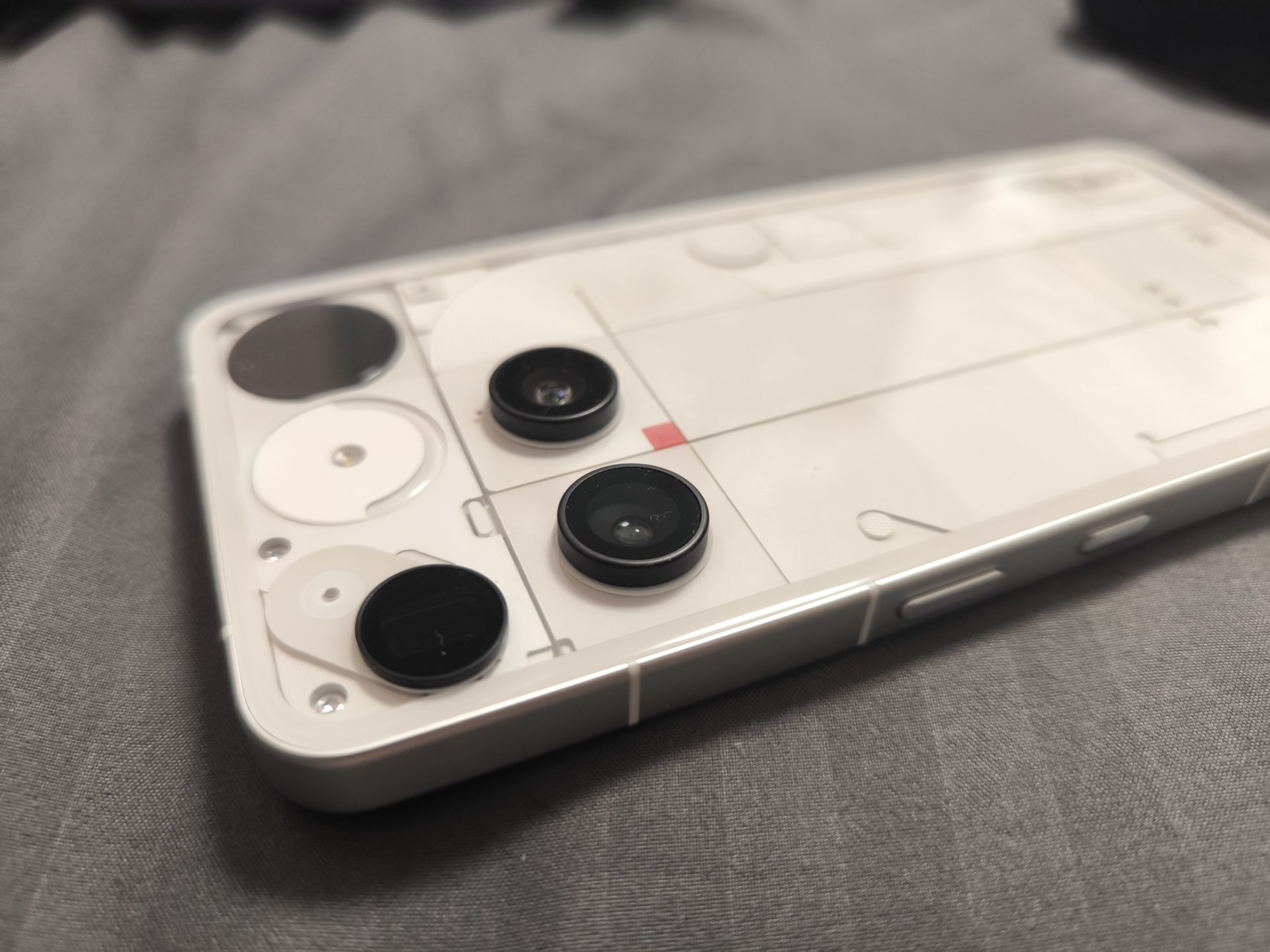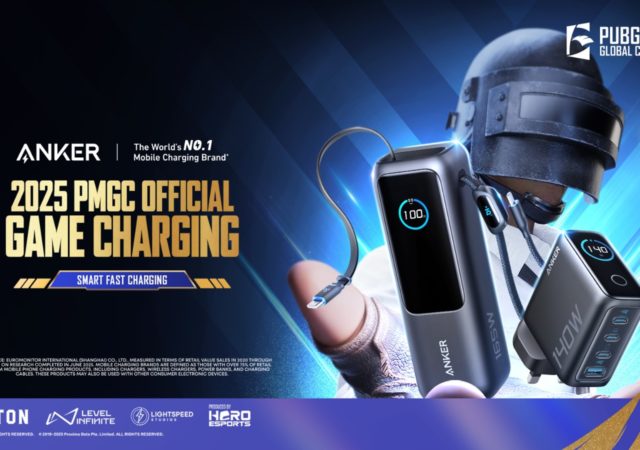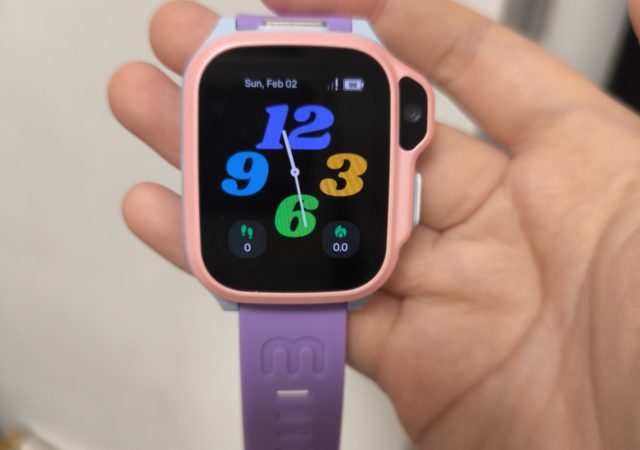In a market saturated with phones that all seem to look and perform the same, it’s rare to see a brand come along and offer something that’s genuinely different. Enter the Nothing Phone (3), a device that aims to shake things up with its design and innovative software, all while claiming its place as the company’s first true flagship.
After spending a week with this device, I’m here to give you my take on whether it can really stand toe-to-toe with the big names like Samsung, Apple, and Google, or if it falls short.
A Flagship Like No Other: First Impressions
When Nothing declared the Phone (3) to be its first “true flagship,” it set some high expectations. Given that it’s up against powerhouse brands like the iPhone 16 and Galaxy S25, could Nothing really make a device that competes in terms of both performance and design? The answer, while nuanced, is a resounding “yes” in many ways, but with a few caveats.
This phone isn’t trying to be a direct competitor to top-of-the-line flagships, and that’s okay. Instead, it offers a fresh perspective on what a premium device can be. The phone’s standout design and solid day-to-day performance show that Nothing knows how to make a device that’s as fun to use as it is capable.
Design: Bold and Different, Just What We Need
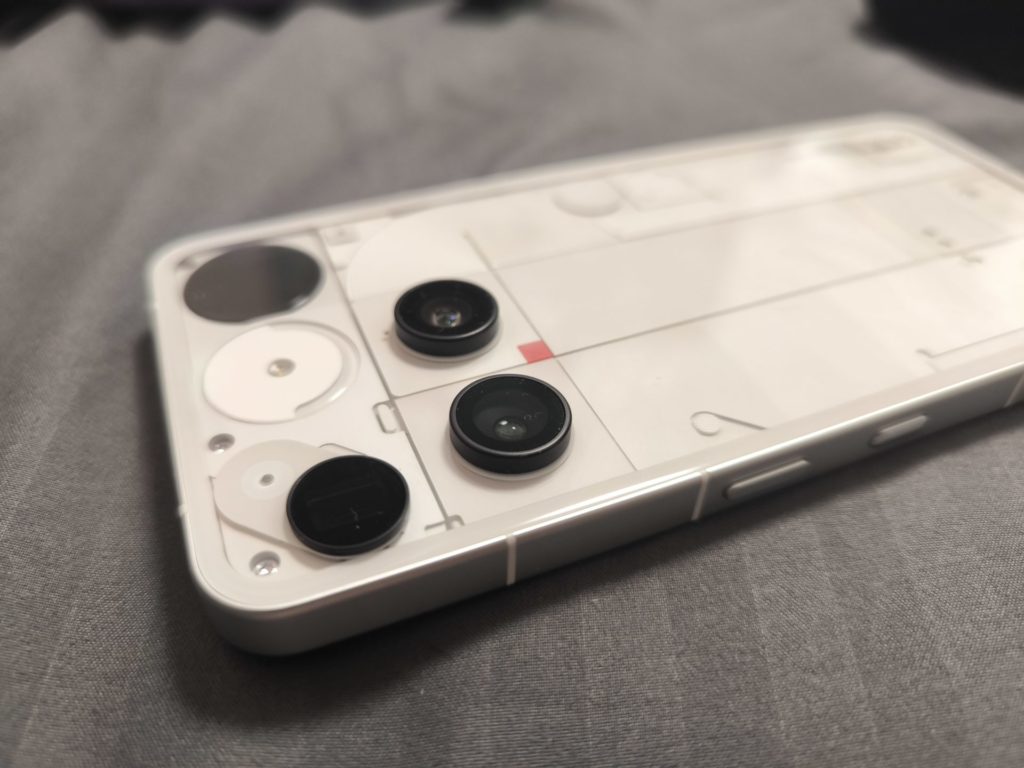
The Nothing Phone (3) continues the brand’s commitment to delivering a design that stands out in a sea of sameness. From the transparent rear panel that reveals the internals of the phone to the newly introduced Glyph Matrix, this phone is a visual treat.
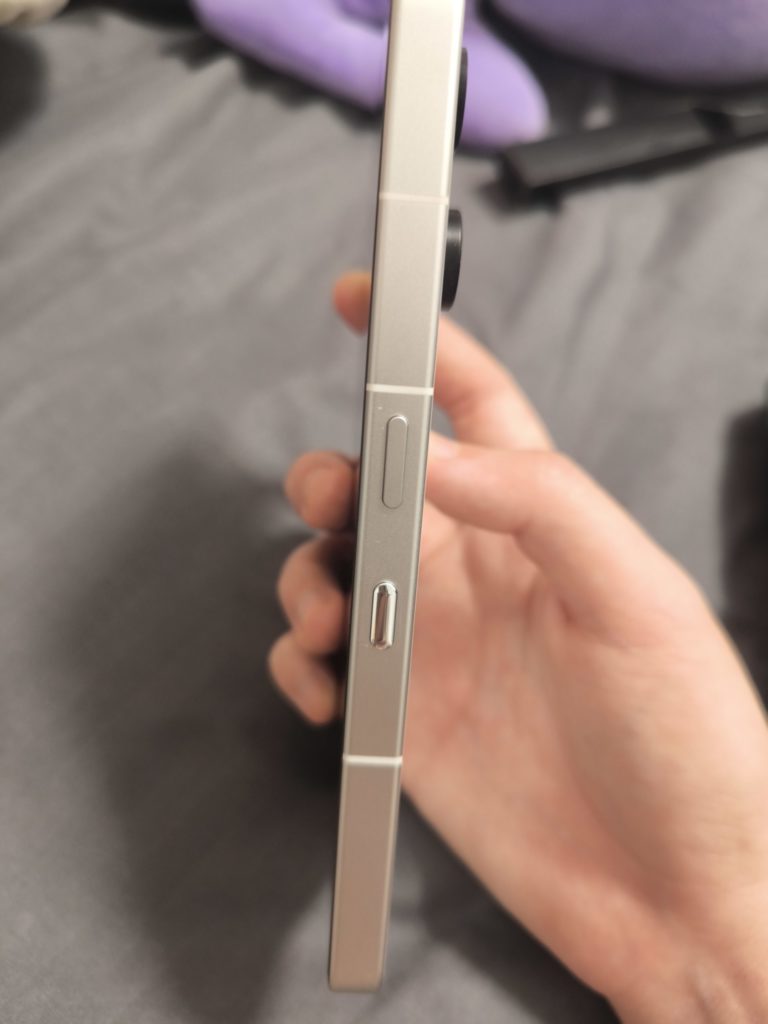
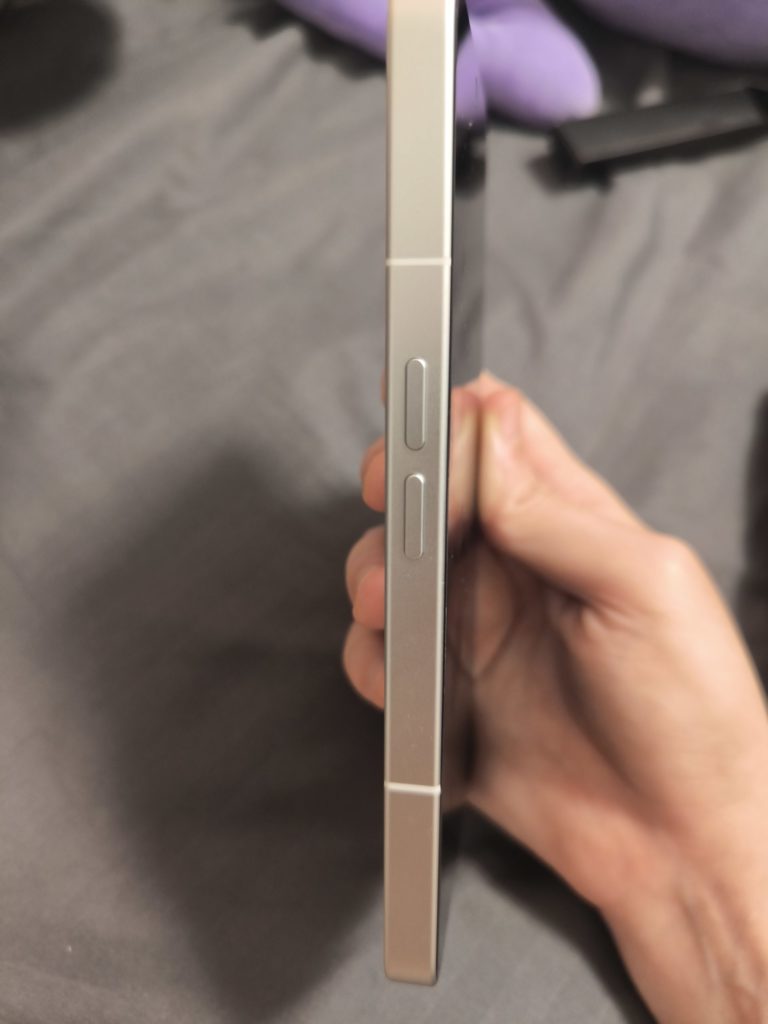
The Glyph Matrix isn’t just an eye-catching design feature; it adds functionality by displaying notifications, volume levels, and even playing quirky little games like “Spin the Bottle” (which I may have indulged in more than I care to admit).
The Glyph Matrix is at the same time a torch AND a volume indicator too:
Now, I’ll admit: some of these interactive features, like the games, may seem gimmicky at first. But the beauty of the Glyph Matrix is that it offers something different and does more than just light up when you get a notification. It’s a fun and futuristic addition that helps set the Phone (3) apart from the competition. I’m genuinely excited to see what more practical uses can be added as the technology evolves.
As for the rest of the design, the transparent back is stunning, especially on the white version, where the internals pop out through the clear panel. It’s quirky, it’s fun, and it’s undoubtedly something you won’t see from any other major brand right now. The phone feels premium in hand, with its slim profile and asymmetrical camera layout that might raise some eyebrows but is undeniably unique.
Display: Bright, Smooth, and Fun
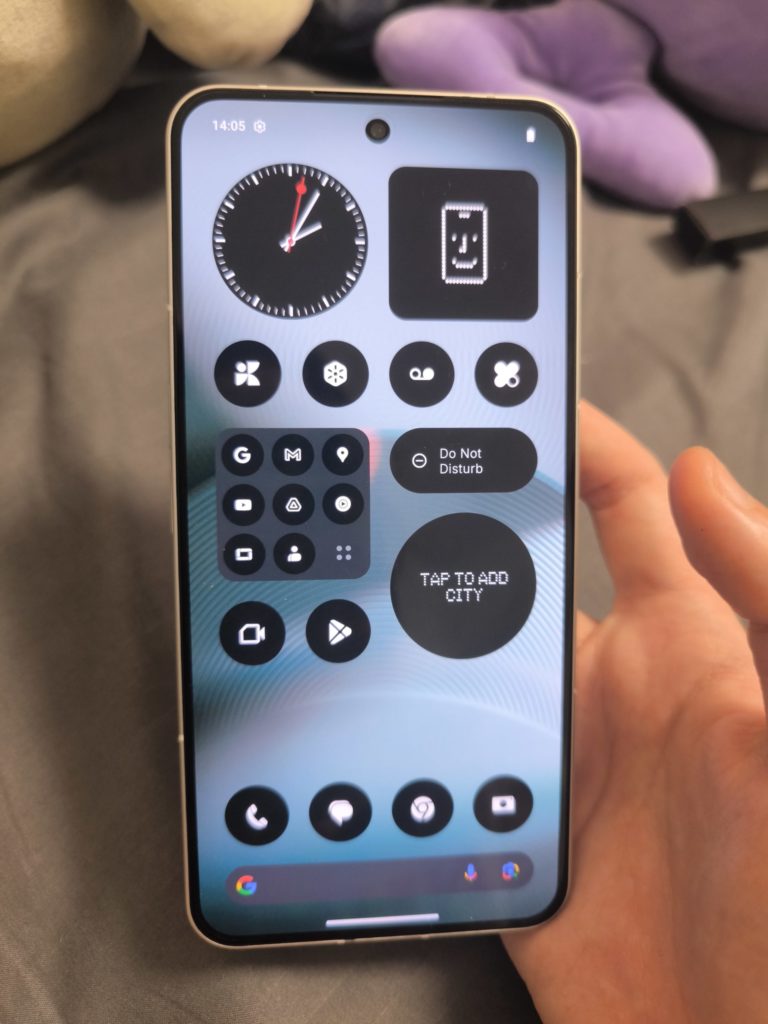
The Nothing Phone (3) sports a 6.67-inch AMOLED display with a 120Hz refresh rate, and it’s as sharp and vibrant as you’d expect from a flagship device. Watching content and browsing through apps feels buttery smooth, and colors pop on the screen.
The display isn’t quite as vibrant as some of the top-tier displays from Samsung or Apple, but it’s definitely a solid performer, especially for the price.
Where it does fall short is under direct sunlight. Like many phones, the screen suffers a bit in bright outdoor conditions, and glare can become a problem. But for everyday use and media consumption, the display is perfectly adequate and, dare I say, more enjoyable than some of the duller options out there.
Performance: Smooth Sailing, Though Not the Fastest
Under the hood, the Nothing Phone (3) runs on the Qualcomm Snapdragon 8s Gen 4, a processor that handles everyday tasks with ease. Whether I was web browsing, streaming Netflix, or editing photos, the phone never broke a sweat. And even with demanding games, the Phone (3) held its ground without issue. It’s a strong performer, but it’s not quite the bleeding-edge power of some of the top-tier flagships.
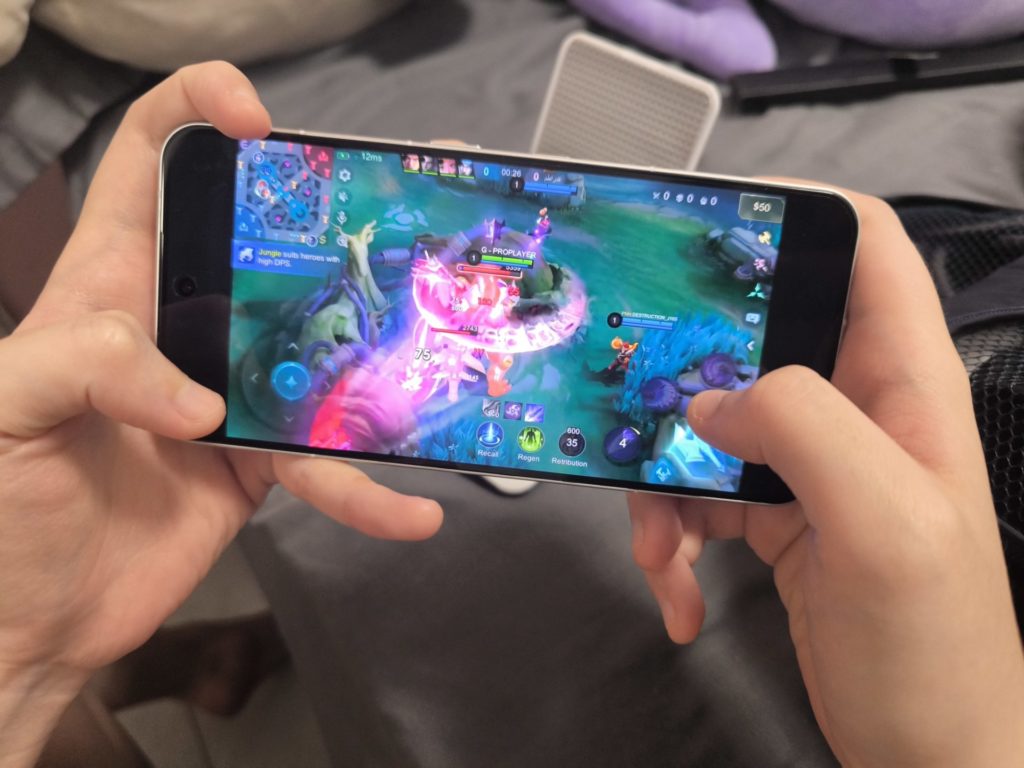
However, this is not a dealbreaker. While the phone doesn’t boast the absolute latest chip, it’s more than capable of handling anything most people would throw at it. If you’re looking for raw power, it may not match the likes of the iPhone 16 or Galaxy S25, but it’s a solid performer for day-to-day use.
Battery life is another area where the Phone (3) stands out in terms of reliability. The 5,150mAh battery lasts me a full day without issue, even with moderate to heavy use. And when it’s time to charge, the 65W wired charging is a game-changer, topping the phone up to 50% in just 19 minutes. The 15W wireless charging is also a nice touch, although it’s not as fast as the wired option.
Camera Performance: Solid, but Room for Improvement
The Phone (3) features a triple-camera setup, each with a 50MP sensor: a main camera, telephoto lens with 3x optical zoom, and an ultrawide camera. Overall, the camera performance is solid, but it doesn’t quite compete with the best in the business.
The main 50MP camera is definitely the star of the show. It captures crisp, detailed shots in most conditions, but in low light, the images can sometimes lack the refinement found in more established flagships. The telephoto lens, while capable of some great shots, can sometimes struggle with color consistency and sharpness, especially when compared to other high-end devices.
The ultrawide camera, on the other hand, feels like an afterthought. While it performs decently during the day, it doesn’t hold up when you crop or zoom in, and the colors can shift noticeably between the different lenses.
One area where the Nothing Phone (3) does impress is its macro mode. If you’re someone who enjoys close-up shots of flowers, insects, or other small details, this feature is an absolute win. The macro shots I took were pin-sharp, with fantastic detail and color accuracy, and this is one area where the Phone (3) truly outshines some of its competitors.
Here are some images taken on the phone:









Software: Minimalist, But Full of Personality
Nothing’s software, NothingOS 3.5, is one of my favorite parts of this phone. It’s based on Android 15 but has a distinctive look with minimalist icons and a monochrome aesthetic that gives the phone a sleek, modern feel. It’s free from the clutter that often plagues Android skins, and I appreciate how Nothing has kept things simple and user-friendly.
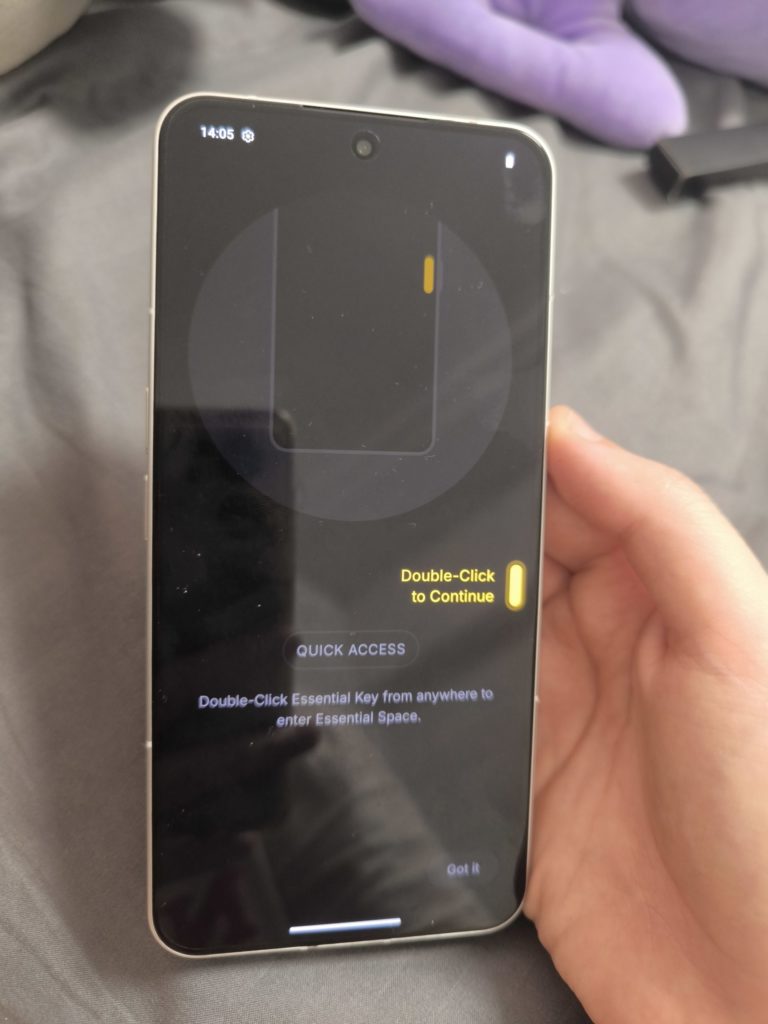
There are also some fun AI features, like Essential Space, a tool that acts as a digital scrapbook for your screenshots and voice memos. While it’s not a game-changer, I found myself using it more often than I expected, especially for storing quick notes or reminders.
The integration of AI-powered tools like Google’s Gemini and the inclusion of ChatGPT right on the phone is a nice touch. It’s great to have an alternative to Google Assistant, and it works particularly well for tasks like generating quick answers or handling complex queries.
Pricing and Availability
The Phone (3) is available at S$1199 here (black) and here (white).
The Verdict: Is the Nothing Phone (3) Worth It?
After spending a week with the Nothing Phone (3), I can say that it offers something truly unique in a crowded market. The quirky design, fun software, and solid performance make it a standout choice for those looking for an alternative to the usual suspects. While it’s not perfect—particularly when it comes to camera performance and battery life—it’s still a reliable and interesting device.
If you’re someone who values aesthetics, a fun user experience, and a device that feels fresh, the Nothing Phone (3) is an easy recommendation. For those who prioritize raw performance and camera quality, it might not be the best choice, but for the price, it offers a well-rounded and enjoyable experience.
It’s priced similarly to some of the competition, but with a design and software experience that sets it apart. Nothing may not have toppled the giants just yet, but they’ve certainly carved out their own space in the flagship market—and that’s something worth celebrating.


